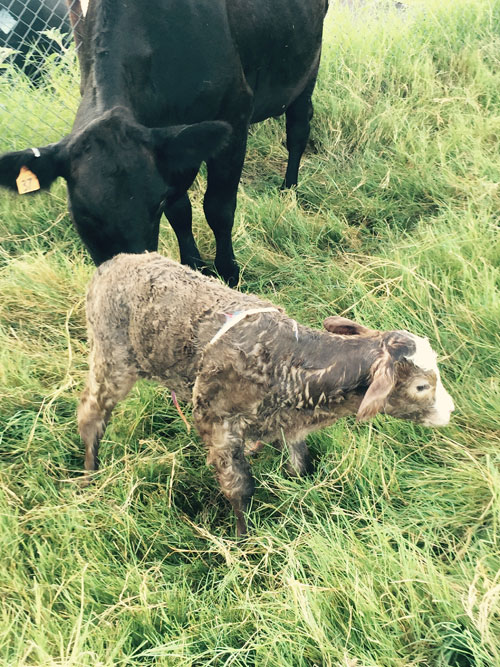Frequently Asked Questions
Average cost
Conception rates are dependent upon many factors, including, but not limited to, cattle management, environment, climates, etc. In a perfect world, one can expect conception rates in the high 80% to low 90% for those seasoned artificial insemination users. First timers’ rates are sometimes lower primarily due to the fact the management aspect of transitioning to AI is often a learning curve. For embryo transfer, conception rates are lower. For direct transfers, we would be pleased with a 70% to 80% rate. For placement of frozen embryos, 50% would be a median expectation. History shows us that conception rates often follow a cycle. One might think they are having a “dry” spell for 2-4 years followed by phenomenal success for a few years. Once again, the factors contributing to premier conception rates are not constant as we cannot control the weather, or Mother Nature’s plan.
Facilities
No doubt there are a variety of facilities and options for the cattlemen, from high dollar prefabricated set ups to t-posts and panels. First and foremost, my responsibility is to keep your cows as well the people assisting safe while performing reproductive procedures. It is preferred to have a sturdy pipe fence for crowding, an alley as well as a head gate to restrain should it become necessary.
Mileage
Mileage is charged per mile from my house to your cattle each time I visit your property for services.
Vaccination
Vaccinating must be done at least 30-days before synchronizing cows. Vacciations contain a modified or killed virus. Vaccinating “gives” a virus to a cow to trigger a response from her antibodies, causing her white blood cell count to go up. When her white blood cell count goes up, its causes a fever. Cows with a fever do not respond as favorably when this is the case.
Conception Rates

Conception Rates vs. Pregnancy Rates
Note that a bull turned out with a herd of cows for 90 days will have four opportunities to breed that cow. When using AI, all four heats would need to be caught to compare natural breeding versus artificial insemination.
